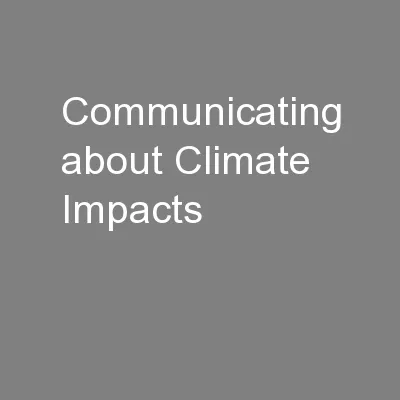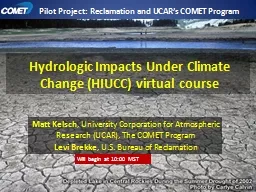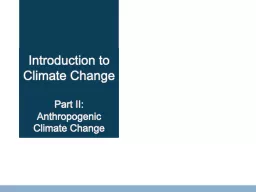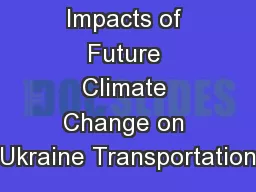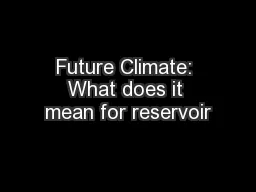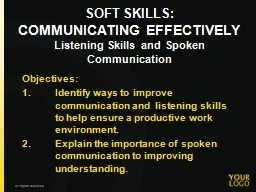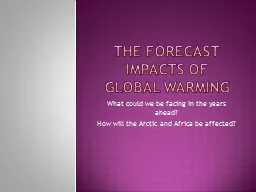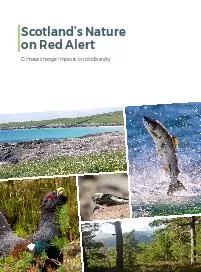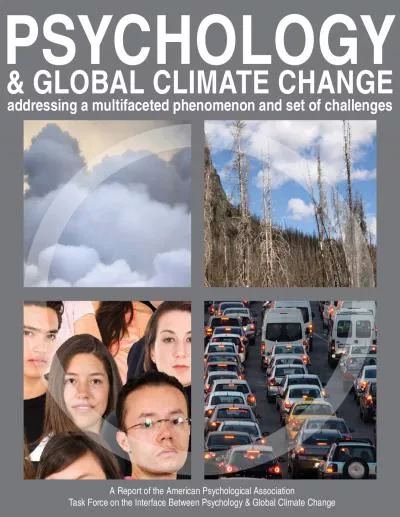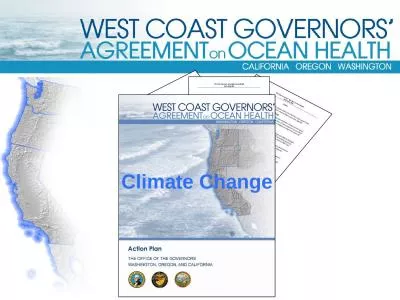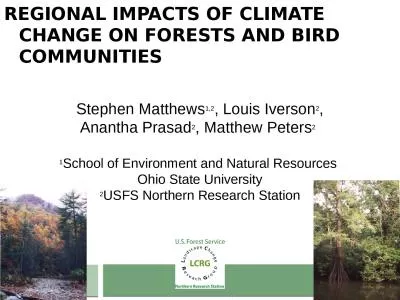PPT-Communicating about Climate Impacts
Author : sherrill-nordquist | Published Date : 2016-03-24
and Engaging Stakeholders in Solutions May 2015 INTRODUCTION Agenda Defining the Outreach Challenge Best Practices in Climate Engagement Break Applying Engagement
Presentation Embed Code
Download Presentation
Download Presentation The PPT/PDF document "Communicating about Climate Impacts" is the property of its rightful owner. Permission is granted to download and print the materials on this website for personal, non-commercial use only, and to display it on your personal computer provided you do not modify the materials and that you retain all copyright notices contained in the materials. By downloading content from our website, you accept the terms of this agreement.
Communicating about Climate Impacts: Transcript
Download Rules Of Document
"Communicating about Climate Impacts"The content belongs to its owner. You may download and print it for personal use, without modification, and keep all copyright notices. By downloading, you agree to these terms.
Related Documents

